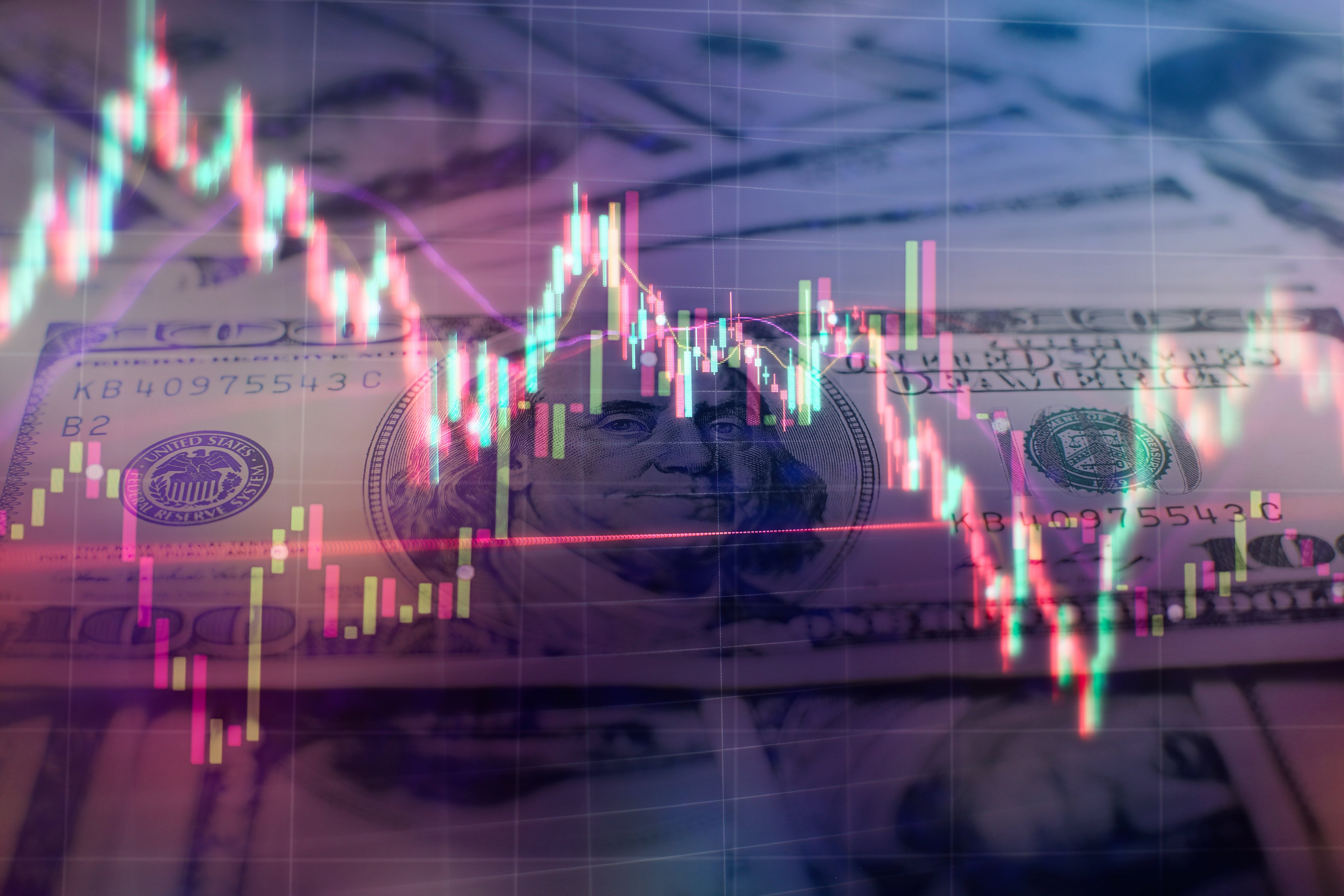Economist Min Zhu, speaking at a World Economic Forum (WEF) panel in China in late June, was among the first to hint at China’s underwhelming post-Covid policy stimulus. Zhu, a former deputy managing director of the International Monetary Fund, as well as a former deputy governor of the People’s Bank of China (PBoC), is no casual observer of the Chinese economy and its role in the world. He is also one of my oldest and wisest friends in China, and I have learned to take his views very seriously.
Zhu’s prediction has proven to be accurate. Despite a promising snapback after the abrupt zero-Covid exit, China’s economic rebound has faltered in recent months. Many had hoped that the government would respond to this shortfall and introduce another large-scale stimulus package, as is its usual practice. Yet a series of announcements in mid-August from the PBoC, the China Securities Regulatory Commission (CSRC), and the State Council has dashed those hopes.
The PBoC guided short-term lending rates only marginally lower, while the CSRC focused on enhancing market mechanisms, including longer trading sessions, reduced brokerage fees, and support for stock buybacks. The State Council, for its part, scrambled to slow the carnage in the property sector, as Country Garden faces liquidity pressures and Evergrande filed for bankruptcy protection in the United States.
For a country that has long prided itself on implementing proactive policies to pre-empt economic pressures, the latest stimulus measures are surprisingly reactive. The question is why. Zhu, in his remarks during the WEF panel, pointed to China’s debt problem.
By now, of course, the broad dimensions of China’s debt problem are well known. According to the Bank for International Settlements (BIS), non-financial debt stood at 297% of GDP at the end of 2022. That is more than double the ratio at the onset of the global financial crisis in late 2008, when it was 139%, and up more than 100 percentage points since late 2012, when Xi Jinping became General Secretary of the Communist Party of China (CPC).
Zhu’s argument is straightforward: an over-leveraged Chinese economy cannot afford another round of debt-financed stimulus. Chinese policymakers have been attuned to the risks of a debt build-up since 2016, when the now-infamous “authoritative person” publicly warned that China faced potential Japanization.
But understanding a lesson is different from acting on it. While China clearly needs to wean itself off debt-fuelled growth, it is less clear why that hasn’t happened yet.
The answer lies in the mix of the Chinese debt cycle. Over the first decade of Xi’s leadership, BIS data reveal that growth in corporate debt accounted for 47% of the total increase in China’s indebtedness, the share of government debt was 30%, and household debt made up the remaining 23%.
Researchers at the International Monetary Fund have identified two main reasons for this debt surge: increased leverage of debt-intensive, low-return state-owned enterprises (SOEs), and a higher concentration of public indebtedness in local government financing vehicles. The former is a byproduct of the unmistakable shift in economic power from the private sector back to the state sector under Xi’s leadership. The latter is an outgrowth of runaway land sales and property development, which have now hit a wall.
That gets to the essence of Zhu’s point about Chinese stimulus: enough is enough. By opting for surprisingly small measures, CPC leadership is drawing a line in the sand. Although the Chinese authorities would never openly admit to poor stewardship of the economy, increasingly worrisome debt dynamics in SOEs, combined with the possibility of a full-blown property market crisis, have left them with no choice but to shift away from the current unsustainable growth model.
Their decision has important implications for China’s economic future. Absent support from the property sector, which accounts for roughly 25% to 30% of GDP, a Japan-like sustained shortfall of economic growth is a distinct possibility.
Mindful of this, the Chinese government has made yet another push for consumer-led rebalancing, with a 20-point plan released in late July. This should be music to my ears, given that I have written two books on the topic and for years have taught a course about it at Yale. But a careful look at the plan leaves me cold.
Specifically, the new consumer plan makes no mention of strengthening the social safety net – especially health care and pensions – for a rapidly aging population. Yet, unless this urgent challenge is addressed, Chinese families will continue to opt for fear-driven precautionary saving over discretionary consumption.
Barring a successful consumer-led rebalancing, it will be exceedingly difficult for China to recapture its previous growth momentum. Since the 2008 global financial crisis, the economy has grown about 7%, on average, accounting for nearly 35% of the cumulative increase in world GDP during the same period. If China’s growth rate slows to 3% to 4% – a distinct possibility – its contribution to global growth will be halved, with obvious knock-on effects for the rest of the world.
While the media focused on Zhu’s prediction that the Chinese government would not roll out a massive stimulus, his main point at the WEF panel was that a growth shortfall would necessitate structural reforms – an argument that I have also made over the years. Yet the benefits of such reforms, if they do occur, are likely to be realized only in the long term, while the headwinds of China’s current shortfall are blowing fiercely in the here and now.
Stephen S. Roach is a faculty member at Yale University and a former chairman of Morgan Stanley Asia.
Copyright: Project Syndicate









